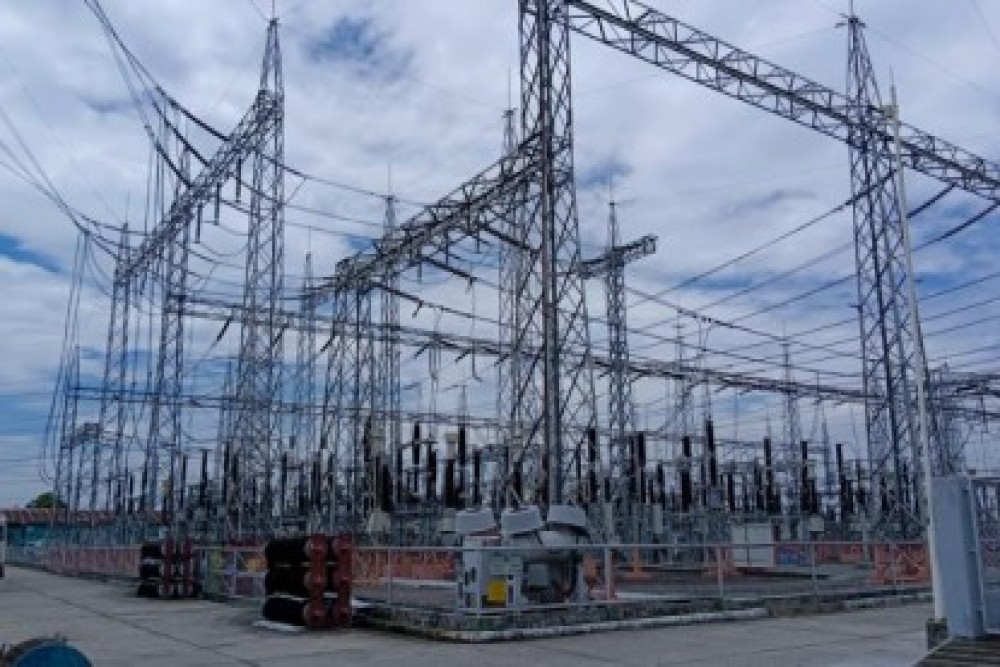The National Grid Corp. of the Philippines (NGCP) is currently increasing the wind rating of its transmission lines to meet the impacts of super typhoons in the country.
NGCP spokesperson Cynthia Alabanza said upgrading centered on areas frequently hit by destructive typhoons, such as the Samar provinces, Bicol Region, Cagayan Valley, Surigao provinces, and Agusan provinces.
“It will be too expensive if we upgrade all transmission towers. We conduct a lot of assessments and study the path of strong typhoons, where we focus our resources to strengthen these towers,” she told reporters during a gathering at the Summit Hotel here Tuesday.
According to Alabanza, before Super Typhoon Yolanda struck Eastern Visayas in 2013, the NGCP towers were designed to withstand a wind speed of 180 kph.
New overhead transmission lines can withstand winds of up to 300 kph to ensure the reliability of power transmission services even after destructive calamities.
She emphasized the need to replace old transmission lines in areas frequently hit by strong typhoons as replacing lines with a lower wind rating takes two months.
“In anticipation of the increasing frequency of super typhoons and other natural or man-made hazards, the challenge for the transmission system is to keep improving the preventive measures and risk reduction, adopt the build back better principle after disasters, or build better from the start,” Alabanza added.
The NGCP is the only transmission business in the country, with more than 21,000 circuit km. of lines, 20,000 transmission towers, and 140 substations.
The firm links power generators and distribution utilities to deliver electricity. Its network of interconnected transmission towers and substations serves as the highway where electricity travels from various energy sources to the smaller thoroughfares of distribution utilities and electric cooperatives until it reaches the households.


